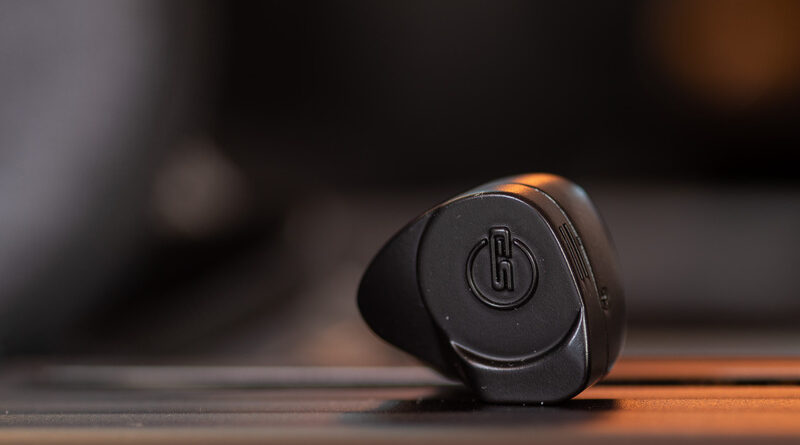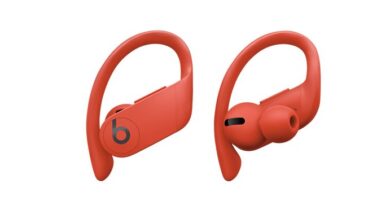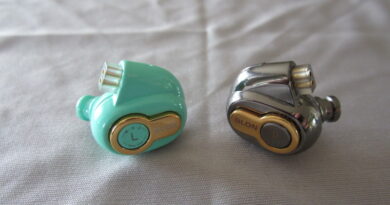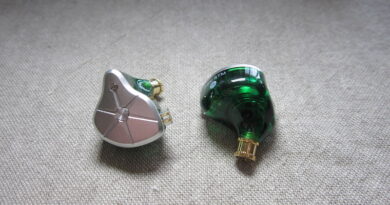Earsonics ONYX Review – Dark Soul
Pros — Dense, durable build
– Nice stock cable
– Bass energy and slam will suit those looking for low-end grunt
– Laid-back, inoffensive mids
– Good coherence for a hybrid
– Good stage depth
Cons — Shells can feel too heavy
– 1.5KHz bump in the mids make baritone vocals sound chesty
– Not versatile for all genres
– Imaging lacks precision, layering could be better
– Middling microdynamics, macrodynamic punch could be better
– Not as resolving as some of their peers
In this Article
INTRODUCTION
Earsonics reached out to me somewhere around January to ask if I were interested in one of their latest releases. They did not reveal if the product in question were IEMs or something else, and there was also some embargo in place until the launch of the product itself.
Needless to say that my curiosity got the better of me and I only knew about the specs of the IEMs two weeks after receiving them.
The ONYX are Earsonics’ latest launch and aims to capture the super-competitive mid-fi market. They are priced in a category I like to term “The Twilight Zone” – the point where diminishing returns start arising. Being a quad-driver hybrid with 3 BA drivers for mids and highs and a dynamic driver for bass, the ONYX got the spec-sheet right for the asking price.
Let’s see if Earsonics could create something unique for the price range.
Note: the ratings given will be subjective to the price tier. Thibault from Earsonics was kind enough to send me the ONYX for the purpose of evaluation.
Sources used: Yulong Canary, Questyle QP1R, Cayin N6 II, LG G7, E1DA PowerDAC V2
Price, while reviewed: 490 euros. Can be bought from Earsonics website.
PHYSICAL THINGS AND USABILITY
PACKAGING AND ACCESSORIES
Earsonics supplies a nice 4-core cable that is supple and doesn’t form kinks easily. The heavy shells do tend to get entangled due to the thinner cable gauge. You also get 6 pairs of eartips (2 pairs of dual-flange, 2 pairs of foams, and 2 pairs of silicone), a hard-shell carrying case, and a cleaning tool. Pretty well-rounded accessory wise.
4/5
BUILD QUALITY
The ONYX are absolute tanks when it comes to build. The dense aluminium shells are reassuringly heavy. The 2-pin connectors are recessed into the shells, making the connection more robust than protruded ones.
The shell itself is a two-piece design held together by two small torx-headed screws. The sides of the shell have a unique dual-slit mechanism that apparently relieves the internal pressure. The nozzle is ergonomically angled but due to the small diameter might not fit every third-party tips out there. I did find the Spinfit CP-100+ to fit nicely, but Spinfit CP-500 slipped out. Note that there is no wax filter on the nozzle, so cleaning them periodically is recommended.
The Earsonics logo is stamped into the faceplate, and this rounds up a rather unique shell-design. I think the Onyx stand out from the rest of the competition in terms of industrial design and are identifiable immediately unlike the regular resin-shell affairs.
COMFORT, ISOLATION, AND FIT
This is where I encounter my first qualm with the ONYX. The shells are too heavy to be listening to the IEMs while lying down, which is something I do often. Also the fit is not the most stable (due to the weight) and can even slip out of the ears without a deep fit. Isolation was above average with the stock dual-flange tips. The foam tips offer even better isolation so try those out if you need more silence.
SOURCE
The Earsonics ONYX are very easy to drive (16.5 ohms, 122 dB/mW) and can also handle some impedance mismatch (i.e. slightly high output impedance, I tested up to 3.2 ohms).
DRIVER SETUP
Earsonics went for a 1DD + 3BA setup for the ONYX, where the single dynamic driver takes care of the bass, the dual-BA takes care of the mids, and the single BA treble driver is in charge of the highs. There is a three-way crossover and the driver nozzles or diaphragm are placed onto a 3D-printed acoustic chamber that Earsonics calls “Acrylic Heart”.
Cool naming schemes aside, the chamber also houses the BA dampers and precisely calculated sound tubes to alleviate phase mismatch. The nozzle also has a “tuning resonator” called “TrueWave” which I suspect is there to suppress unwanted resonances.
All in all, a competent driver setup and the engineering in place looks top-notch, as expected from a brand like Earsonics. Let’s see if all these translates well when it comes to the sound.
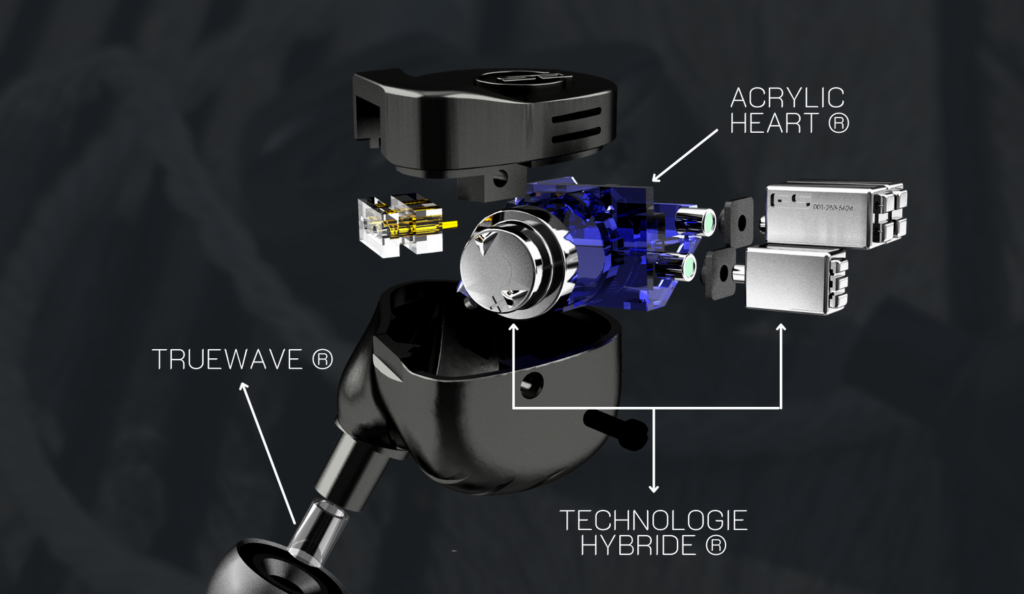
TONALITY AND TECHNICALITIES
The Onyx have a dense, laid-back tuning where the delivery is dominated by low-end.
Sub-bass frequencies are bold and often masks the low-mid details. The mid-bass sits around 7dB below the sub-bass frequencies, resulting in some loss of texture. This gives rise to a unique bass response where the mid-bass sounds muted and lacks impact comapred to the sub-bass rumble.
Such response works well with tracks like Poets of the Fall’s Daze but can’t keep up in tracks with more nimble bass-line and subtle shifts in mid-bass notes, e.g. American Football’s Where Are We Now. This lack of texture is not too noticeable on snares and percussion instruments and the slower decay works well in heavy snare hits.
The midrange is where many will feel divided. I find it a mixed bag, personally. Going by the graph, the unconventional peaking around 1.5KHz should be rather honky and nasal but in practice the sound does not feel so congested.
Most of the times male vocals sound about right, if somewhat laid back or recessed due to the aforementioned sub-bass prominence. This is likely due to the subsequent peaking around 3.5KHz that counterbalances the dip around 3KHz. Baritone vocals, however, sound “chesty” and too dense and lacks articulation at times.
String instruments also lack the bite in the leading edge of attack, with sharply tuned guitars sounding somewhat blunted. Same applies to heavy distortion guitar riffs and other plucked instruments.
The treble follows a similar “peak followed by a dip” nature of the midrange. However, a deep insertion somewhat smoothes out the lower-treble peakiness while a shallow fit exaggerates the bump near 6KHz. This may result in occasional splashiness but again is alleviated by tip-change.
Treble in general sounds muted and laid-back, exemplified by the toned down cymbal and triangle hits on Dave Matthews Band’s Crash into Me. This may work for those who prefer a darker treble, but I found it to limit resolution and layering/separation of the ONYX.
Speaking of resolution, resolved detail often seems middling due to the sub-bass’ masking effect and rolled-off treble. Imaging is a mixed bag with good left/right delineation but when it comes to ordinal imaging (top-left/bottom-right etc.) the ONYX cannot quite deliver with the same precision. This is often referred to as “three-blob imaging” with things being placed left, right, and center only.
Macrodynamic punch should be excellent here with the bass focus but the slow decay of the driver slightly tapers the experience. Microdynamics were middling too with subtle gradations in volume not being as readily apparent as some of their peers.
One area where the ONYX impressed is staging. Partly due to the tuning choices and partly due to the internal acoustic chamber, the stage depth is very good with vocals being projected somewhat farther away than the center of the head (a issue plaguing most IEMs). Stage width was also good though that may be a byproduct of the lower-mid recession.
Bass: 4/5
Mids: 3.5/5
Treble: 3/5
Imaging/Separation: 3/5
Staging: 4/5
Dynamics/Speed: 3/5
FREQUENCY RESPONSE GRAPH
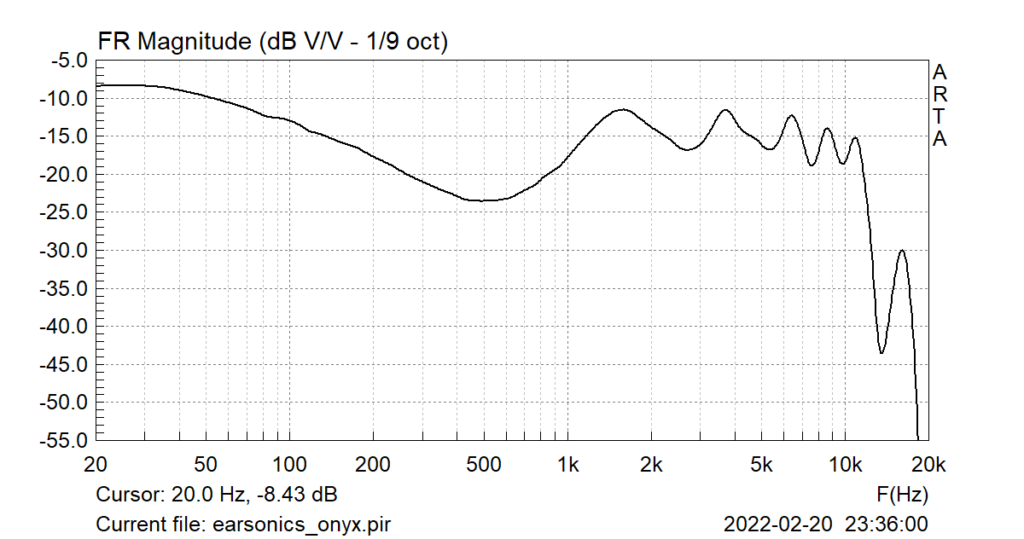
SELECT COMPARISONS
vs Dunu Studio SA6
The Dunu Studio SA6 are my personal benchmark for IEMs around the $500 mark and acts a great reference point while comparing other IEMs in the “Twilight Zone” of pricing.
In terms of build, both are excellent but I will always side with metal if it’s metal vs resin so ONYX gets the nod for build quality. Comfort is better on the SA6 though due to much lighter shells. Isolation is about similar on both, whereas the SA6 have better supplied accessories due to the excellent modular cable.
In terms of sound, Dunu put more focus on clarity and resolution than hard-hitting bass. The SA6 is better than most all-BA IEMs when it comes to bass but can’t hold a candle to the grunt and physicality of the ONYX’s bass response.
Mids are another case though and I personally much prefer the SA6’s midrange tuning. I find it to be about perfect for my tastes as not only are vocals articulated, the string instruments sound magnificent with superb tonal accuracy.
The treble is more extended on the SA6 as well with better defined cymbal hits, esp crash cymbals have a more satisfying leading edge on the DUNU IEMs. Staging is better on the ONYX, whereas imaging is slightly better on the SA6 (they are no imaging champ).
Separation and speed goes to the SA6 as the slower dynamic driver on the ONYX feels sluggish in comparison. Dynamics are better on the ONYX, however, with the SA6 having similar microdynamics and slightly worse macrodynamic punch.
Overall, I would pick the SA6 for a more resolving and articulated listen, whereas the ONYX is better suited for bass-driven and energetic tracks.
CONCLUDING REMARKS
The Earsonics ONYX have a unique tuning, especially compared to the more popular adherers of the Harman-target (or its variants). The bass response is good and the general coherence is excellent given the multi-driver nature of the IEMs. Earsonics put a lot of R&D into the driver placement and configuration, and that shows.
However, I think the sub-bass is too boosted and the bass driver could be faster. That way the lower-level details would not be as overshadowed by decaying sub-bass notes. I also wish that the treble was a bit more extended since the lack of air impacts the sense of clarity. Imaging could be better yet and the heavy shells are a bit tiring for me.
All that being said, a bassy tuning is not too common in the $500-ish price range and the ONYX offer something for those who prefer a dense, energetic listen. Give this a try if you like your bass to be bold and brash, even at the cost of some fine details.
MY VERDICT
3/5
The Earsonics ONYX are held down by sub-par technicalities and resolution.
DISCLAIMER
Get it from Earsonics Online Shop
Our generic standard disclaimer.
PHOTOGRAPHY
You find an INDEX of our most relevant technical articles HERE.

